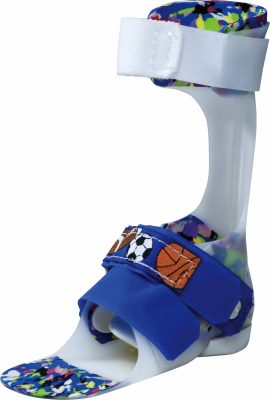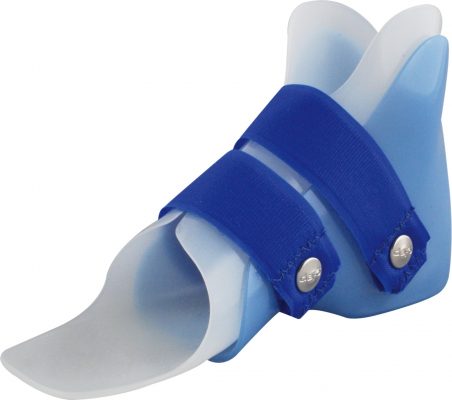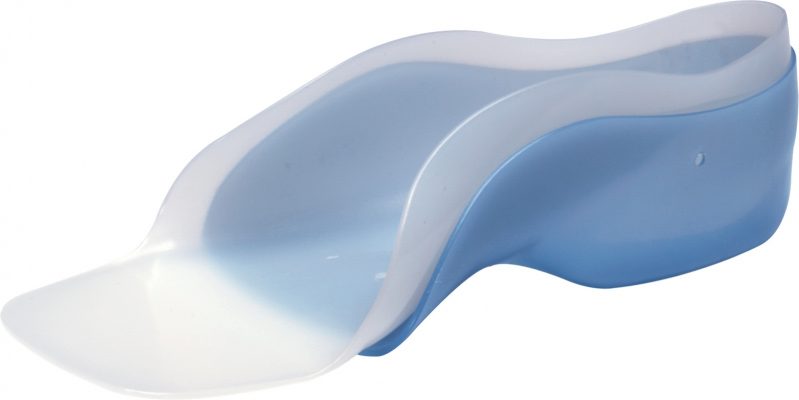“Hi, this is Dr Rush calling to check on Mary Ann*. I got your message and I spoke to her hospice nurse yesterday. It sounds like she’s in good hands. Dr Smith and his team are excellent. If there’s anything I can do, please call. My cell is 616.780.2324.”
Mrs Jones had left me a message: “Mary Ann is in hospice, doesn’t have much longer, has been on full hospice since March, wanted you to know what an incredible part of her journey you have been.”
That was so courageous and generous of her. It was unexpected, but I shouldn’t have expected anything less.
When I first met Mary Ann, I was wearing a gown, gloves, and a face mask with eye shield. She was in isolation because, like many people who spend a lot of time in hospitals, she’s colonized with antibiotic-resistant bacteria. In acute care hospitals, the policy is that every such patient goes into isolation. Even if they’re not necessarily putting their bacteria on other people, like if it’s in their stool and they’re continent, they nonetheless go in isolation. Every person she’d seen for weeks had been wearing the same getup. No wonder she became psychotic and needed Risperdal.
Mary Ann spent a great deal of time in hospitals. She was born with mild cerebral palsy and mild cognitive impairment. And severe dysfunction of her digestive tract. Parenteral nutrition is what we call the complicated IV fluids with protein and fats and vitamins that keeps people like Mary Ann alive. Unfortunately, your body really wasn’t made to absorb nutrition that way, and eventually it causes liver damage.
She was transferred to my service. The statistics on transmitting infections are different in rehabilitation hospitals, probably because the patients aren’t quite as sick and tend to have longer stays than acute care hospitals, so we didn’t have to wear hazmat suits and she could come out of her room. She got PT, OT, speech therapy, recreational therapy, psychology, and to see other kids. She no longer needed Risperdal.
We eventually got her up and walking and home with her parents and brothers and sisters. The chart says that I saw her several dozen times over the next six years. Her parents still took her to a lot of specialists who tried to cure her condition, but we put a larger emphasis on quality of life.
Her parents got her up and in cute outfits and out the door to school with her medical supplies in a backpack even though they knew she’d never graduate; to be happy she needed life with other children and school is simply where the other children are. A comprehensive neuropsychological evaluation found that she had some relative cognitive strengths. Working with the school they got her a good plan for some mainstreaming, some special education, realistic expectations, and avoided Mary Ann being unnecessarily stressed that academically she wouldn’t be able to keep up with her friends.
They didn’t just make good decisions. They didn’t just follow through on those decisions. They’ve kept doing it every single day for years without giving in to grief or losing hope.
Excerpts from Mary Ann’s last visit to my office:
Her parents have been working very hard to keep her healthy. She needs 12 hours of nursing every night; they only get 8. Her mom winds up getting 5 hours of sleep 5 days a week and then doing her care the other couple of nights. Mom expresses some concern that, with her fatigue, she might someday make a medical mistake. Mary Ann is on 28 medications.
Mary Ann’s affect is bright. She is the happiest I think I have ever seen her.
I strongly suggested to Mrs. Jones that she and her husband ask their counselor how they can give themselves permission to take credit for how well Mary Ann is doing as the result of all their hard work.
The message I didn’t leave on Mrs Jones’ voicemail, but which was going through my head, was: “I’m looking at a picture of my daughters. One of them is the same age as yours, and the thought of one of them suffering is crushing my chest.” Of course, I couldn’t say that. This isn’t about me.
She called me back. We talked about her heartbreak and her many fears. Fears that Mary Ann might suffer more, and that she can’t accept losing her, and that she’s being selfish because she thinks it’s about time to withdraw all care but she’s not ready to let go. About how much easier this would be if it were her dying and not her daughter.
We talked about another of my patients who passed away in hospice a couple of years ago. That little girl also had severe disabilities and her mother knew all along that she wouldn’t have a long life. Afterward, she apparently decided that the purpose of her life is to love and adopt severely disabled children. She chose to create a larger purpose, even a larger future, from her daughter’s short life.
I pointed out that it’s not all about Mary Ann. And it’s not all about her parents. It’s about Mary Ann’s brothers and sisters, and demonstrating to them that afflictions may be borne with grace. Her parents have been demonstrating this particular life lesson for 12 years. Soon they’ll have to demonstrate how one accepts the death of a loved one. That’s what this is about.
We laughed. We cried. Pretty amazing 23-minute phone call.
Mrs Jones thanked me for making Mary Ann’s life better. I told her that she was welcome and that it had been a pleasure. Working with kids with complex disabilities is never easy, but her parents’ consistency and the sweet personality of a child who’s obviously been treasured made it easier.
I sometimes feel overwhelmed by what seems like an unending stream of disabled and injured children, most of whom I can never actually cure. I know this. I still wish that I could.
I had hoped that Mary Ann’s parents could permit themselves to take credit for how well Mary Ann had done. Now her mother has returned the favor, given me permission to take credit for how well Mary Ann has done as the result of all my hard work.
And it is about me.
“Human life begins on the far side of despair.” Jean-Paul Sartre, The Flies (1943)
Addendum: This happened a few years ago. The little girl died not long thereafter. I went to her viewing; the hospice team did an amazing job of giving her entire family as much closure and release as possible.
* All names and numbers changed. I nonetheless obtained permission before publishing. Her mom said: “By all means, you may certainly publish it. Thank you for writing it, sharing it, and cracking the door on what people endure. And NEVER forget that were and continue to be a valuable and important part of [Mary Ann’s] journey! Thank you for the unending care of all of us.”








